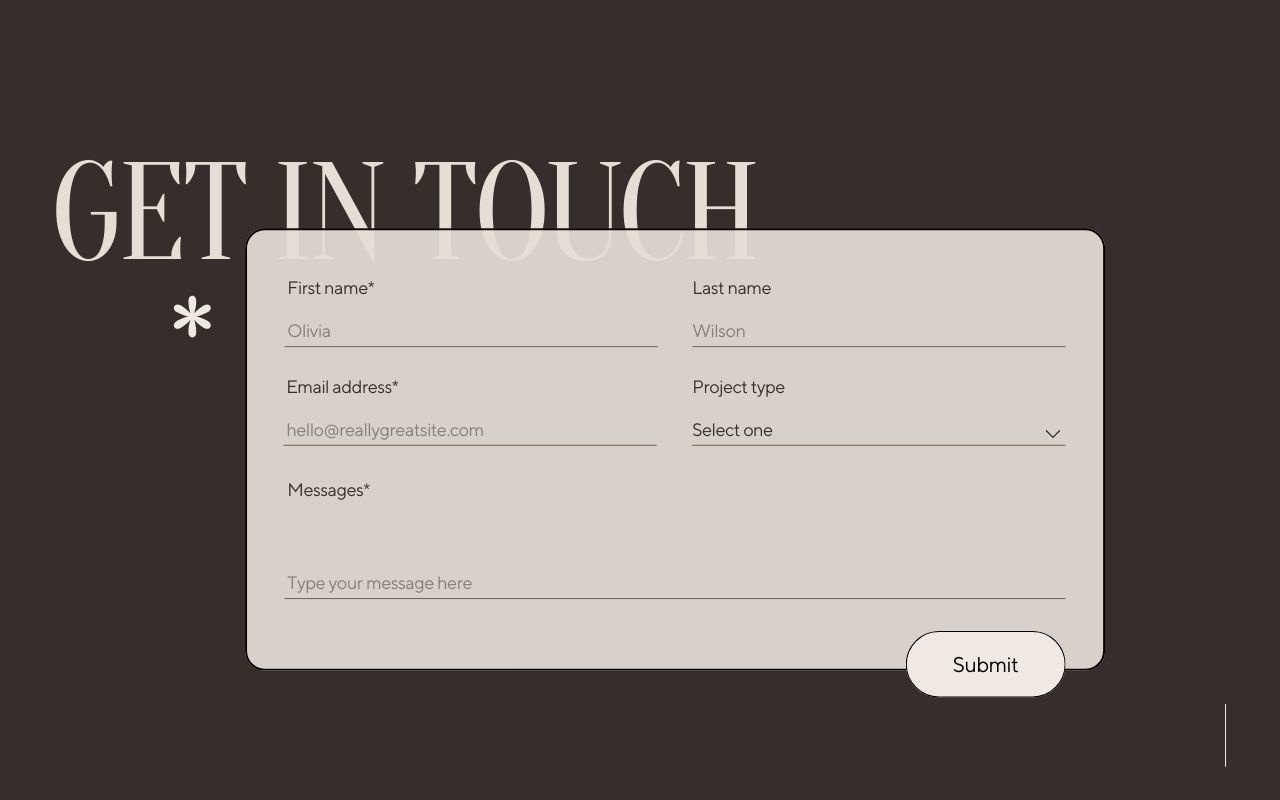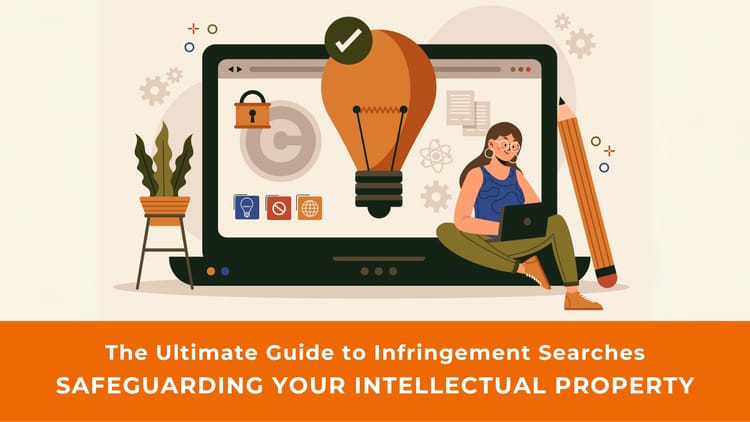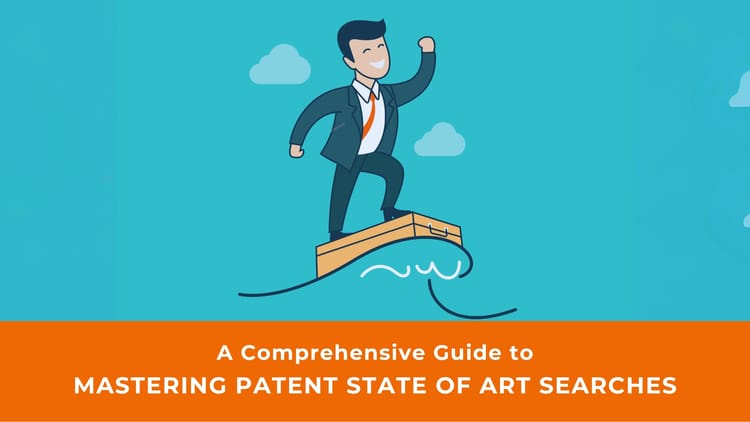The Ultimate Guide to Patent Alerts: Stay Ahead in Innovation
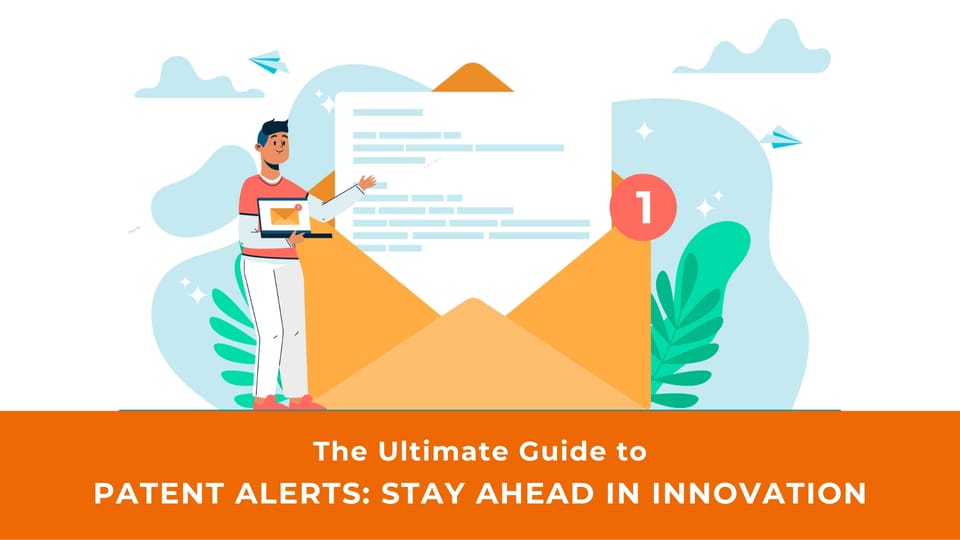
In today’s data-fueled economy, any competitive edge often translates into leadership status. For technology innovators and enterprises, staying firmly abreast of emerging inventions and new patent filings can make all the difference in rolling out breakthrough solutions before rivals. This is where patent alerts come into the picture - automated updates on patent applications and grants relevant to specified interests. Instead of manual searching, alerts proactively deliver actionable insights to support data-driven decisions for research, product design, or IP management.
This guide covers all key aspects of patent alerts - their scope, applications, searching tools, and best practices for those exploring the power of alerts in gaining an innovation advantage.
Understanding Patent Alerts
A patent alert is triggered automatically whenever certain predefined criteria associated with patents are satisfied based on search algorithms. For instance, an updated list of patent applications is filed around augmented reality technology every week. Or a real-time alert about competitors' patents getting approved globally across search results.
At a basic level, patent alerts keep innovators and enterprises updated on activities within spaces of interest like patent grants, new filings, litigation cases, etc. Alert customization features focus precisely on assignee names, technology classifications, geographic regions, dates, and more. Periodic email digests or pop-up prompts ensure users catch key developments without manually having to run exhaustive searches repetitively.
Patent alerts help answer critical questions swiftly without lag - Is a rival scaling a potentially conflicting patented technology? What pending patents near approval hold synergistic promise for our solution roadmap? Which jurisdiction is seeing maximum new filings around our research domains this quarter? Saving search time and energy, patent alerts channel attention only where it matters most.
Types of Patent Alerts
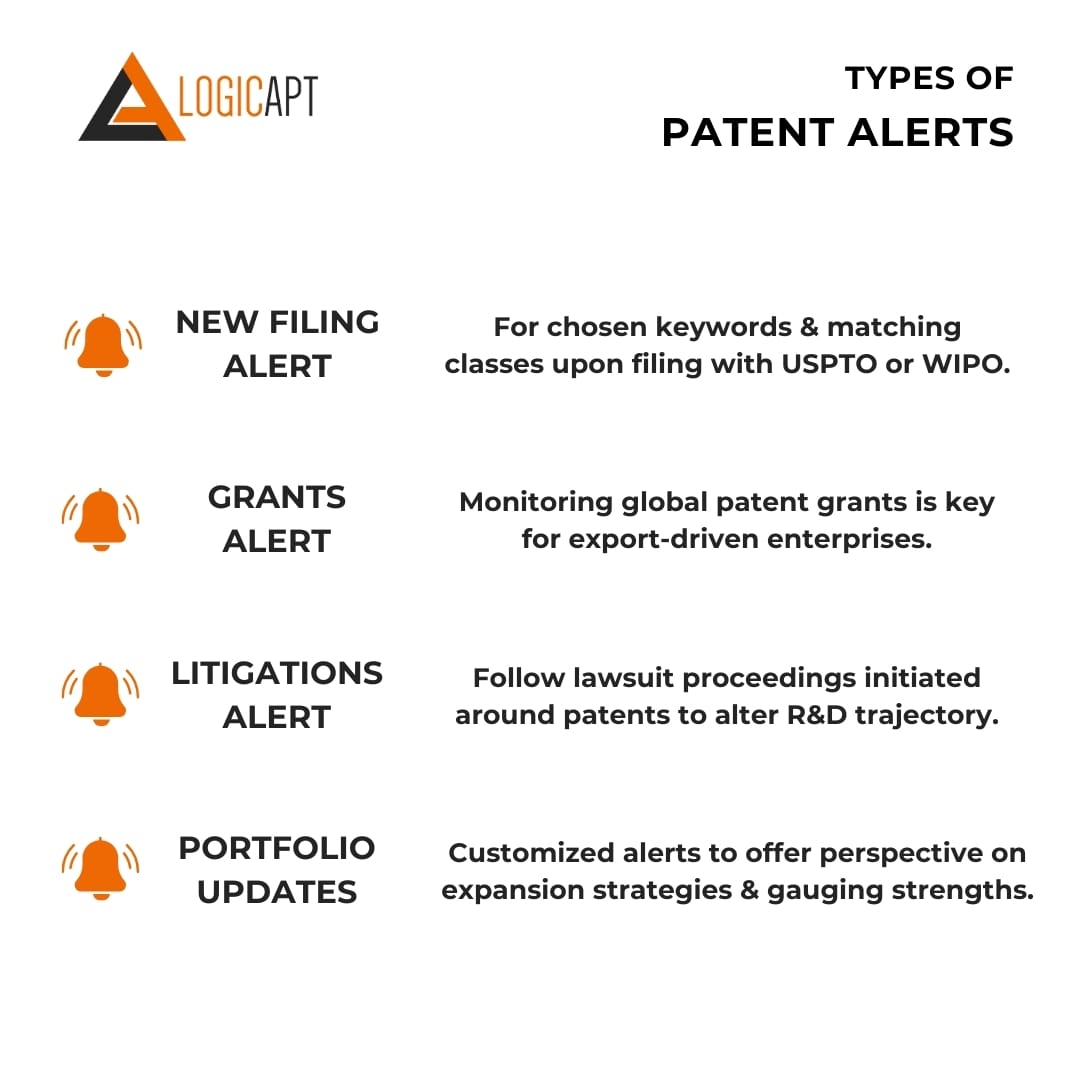
Patent alerts may be categorized based on trigger sources as:
New Filing Alerts: Get notified when patent applications matching chosen keywords or classifications get filed with authorities like USPTO, WIPO, etc. These help assess the intensity of new activity competition and explore open technologies still unpatented by peers.
Grant Alerts: Track patent applications as they proceed towards final approval to gauge upcoming conflicts or possibilities for strategic partnerships around licensed solutions early on. Monitoring global grants is key for export-driven enterprises.
Litigation Alerts: Follow lawsuit proceedings initiated around patents especially in technology domains prone to excessive litigation like telecom, biopharma, etc. This allows sufficient buffer time to alter R&D trajectories or file countersuits as applicable based on outcomes.
Portfolio Updates: Customized alerts for adding new patents to specific company/university portfolios provide perspective on their expansion strategies and help gauge strengths.
Industry or function-specific patent alerts also assist tactical decision-making for enterprises - like Apple’s UV radiation alerts for user safety insights, vehicle collision alert systems for automation breakthroughs in manufacturing units, emerging pharmacogenomic diagnostic alerts in biotech, etc.
How Patent Alerts Benefit Innovators and Businesses
Some specific ways businesses harness patent alerts across the innovation continuum encompass:
Spurring Ideation: New patent filings indicating unsolved market needs provide fodder for out-of-the-box solutions worth exploring for differentiation edge. Startups tremendously benefit from this trigger.
Evaluate Competition: Alerts on patent grants or filings help assess current and potential competitors, their expansion plans, and shared market penetration. Competitor benchmarking and preempting disruption get a boost.
Mitigate Litigation: Monitoring infringement litigation trends allows planning design workarounds in advance or halting production temporarily. It also aids data-backed decisions on legal expenses settlements aligned with judicial directions.
Refine Research: Emerging patents with incremental improvements build perspective guiding internal R&D fine-tuning, resource allocation, etc. Filing dead zones highlights whitespace possibilities, too.
Licensing Opportunities: Technology scouting for licensing-in patented solutions or exploring licensing-out options leverages alerts, effectively saving time chasing outdated patents later.
Prior Art Searching: Patent attorneys use alerts to investigate conflicting claims that may invalidate applications by establishing precedents during evidence gathering.
Plotting Product Roadmaps: Projecting market release timelines and product feature advancement by understanding patent protection horizons helps buffer against premature launches.
Evolving from manual searching modes, alerts offer real-time awareness for enduring competitiveness.
Setting Up and Managing Patent Alerts
Modern patent databases facilitate creating customizable alerts in a few steps:
Listing Interests: Enumerate keywords, classifications, company names, technology concepts, etc., to limit noise—for instance, AI-based predictive healthcare diagnostics.
Select Databases: Based on geography and other priorities, choose pertinent patent data sources like USPTO, Google Patents, Espacenet, etc., where alerts will screen updates.
Configuring Parameters: Define alert triggers regarding grant status, filing dates, applicant details, etc. Frequency controls like daily or weekly digests prevent inbox cluttering.
Refining Rules: Review initial alerts and keep modifying search strings through the inclusion/exclusion of terms for relevance. Tracking search strings aids in troubleshooting.
Classifying Alerts: Use labels like high priority, medium priority, etc, to manage and quickly parse alerts when volumes scale up. Custom tagging assists downstream workflow integration.
While most patent database platforms have native, free alert tools, advanced alerting systems like PATENTSCOPE’s WHIPSTM, Thompson Innovation, and Altacit Global promise smarter customization and analytics.
Advanced Patent Alert Technologies
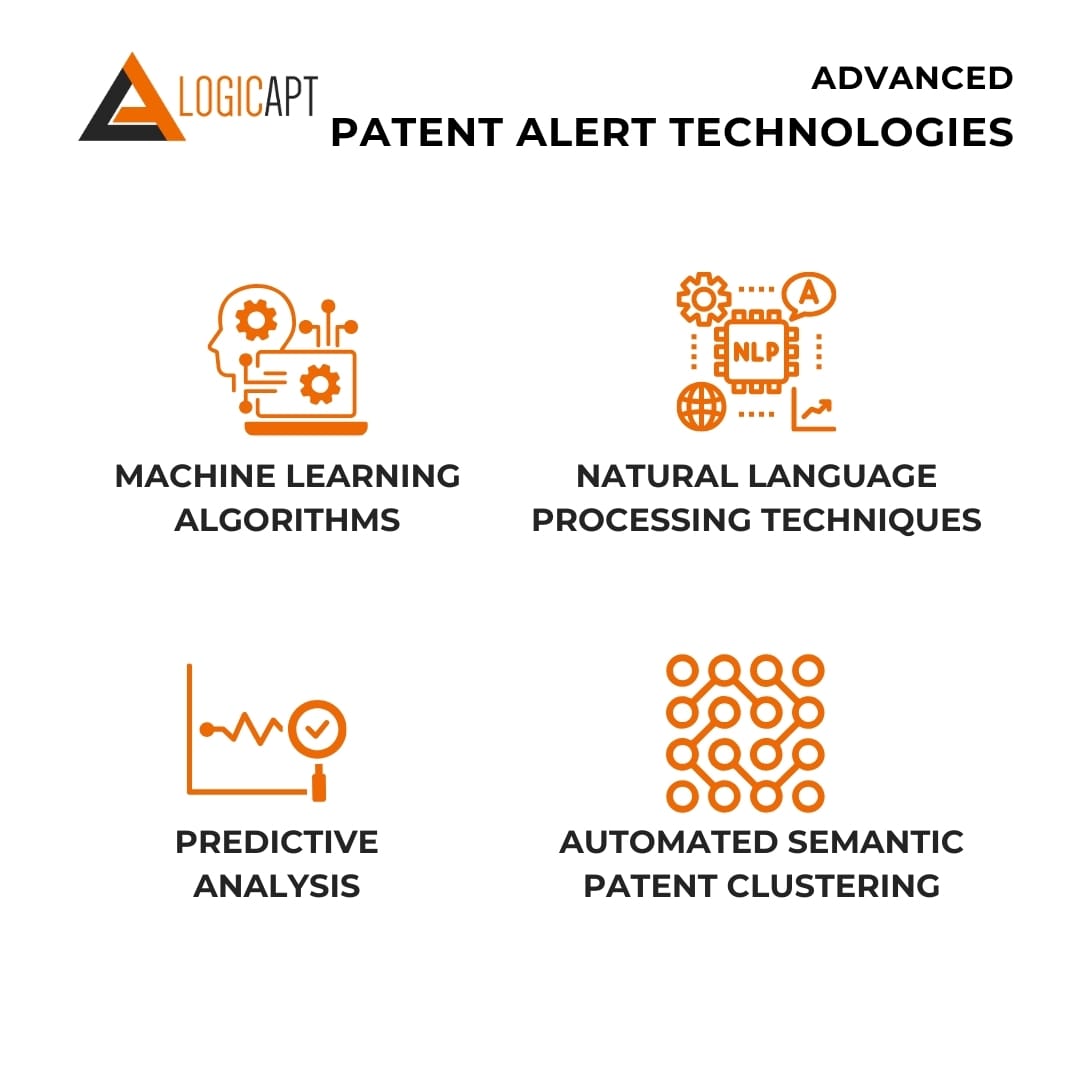
With artificial intelligence and automation steering most business processes now, their integration is upgrading patent alert capabilities as well:
- Machine learning algorithms refine search queries to sharpen alert triggers aligned with user interests based on self-training against past alert usage data.
- Natural language processing techniques parse unstructured textual data across patents for meaning extraction- assisting in improved discovery and matching with user contexts.
- Predictive analytics capacities forecast trends around target patent collections – like sudden litigation spikes or new competitor activity – for recommended alert modification.
- Automated semantic patent clustering and classification make alert content more structured, relevant, and actionable through contextual linkage.
As processes requiring manual scrutiny reduce through AI intervention at search, screening, and analysis stages, patent alerts promise growing returns on investment for enterprises. Contextual interaction models will further personalize alerts as intelligent assistants take over IP management.
Best Practices for Utilizing Patent Alerts
Certain best practices ensure maximum effectiveness is achieved while adopting patent alerts:
- Balance specificity with flexibility during initial search query framing for alerts to allow sufficient coverage. Too narrow or broad criteria distort relevance.
- Develop protocols for incoming alert scrutiny, tagging, sharing, and escalation to streamline integration with internal workflows.
- Continuously evolve search strings proactively rather than waiting for irrelevant results to pile up, requiring bulk clean-ups later.
- Beyond core research teams, share alerts with cross-functional groups like legal, product, and strategy teams, allowing holistic input.
- Maintain meticulous records of search criteria and strings for easily replicable alerts when expanding scopes to new markets, geographies, etc.
- Blend technology-based alerts with monitoring expert interviews and reviewing specialized journals to offset the limitations of automated tools alone.
Staying up-to-date with a manually curated portfolio of patent alerts tuned to strategic interests is key for sustenance and leadership.
Real-World Applications and Case Studies
Real instances portraying patent alert impact:
- Volvo relies on litigation alerts around autonomous automobile advances for scenario planning of risks regulations facing its self-driving truck subsidiary Vera going ahead.
- IBM leverages semantic alerts to link academic innovations with internal R&D to accelerate commercialization avenues for its patent stockpile.
- Biopharma major Biogen integrates patent alerts with competitive benchmarking to evolve trial designs by understanding incremental developments of UniProt protein sequence and composition of matter patent expiry.
- Graphics major Nvidia tracks patent grants alerts around parallel computing inventions to preempt conflicts through licensing negotiations or joint agreements.
- Honeywell files additional applications to extend patent protection based on alerts indicating continued consumer interest in its UV sanitizing technology innovations.
As evident, patent alerts feed into enterprises' tactical and strategic technology intelligence needs today.
Navigating Challenges with Patent Alerts
However, certain inherent challenges associated with patent alerts need acknowledgment:
Information Overload: Aggregating high volumes of automated alerts often risks losing relevance signal in the noise. Using classifiers, delegated scrutinizers, and department-compartmentalized consumption helps overcome this hurdle.
Search Precision: Generic or imprecise search query configurations lead to many false positives with irrelevant alerts. Continued search optimization aligns outputs better with intended outcomes.
Analysis Inertia: Simply setting alerts is not enough. Actual integration with business planning and R&D happens only when alert analysis workflows get structured through tools/teams.
Verification Needs: Critical alerts warrant additional verification at times to vet validity. Access to primary sources or expert legal counsel helps with prompt credibility checks.
Conclusion
In closing, as data permeates decision contours across industries, patent alerts present an invaluable fountainhead feeding IP strategy and powering innovation leaps for enterprises committed to outpacing competition. With analytical tools bridging legal facets and technology insights, alerts unlock real potential for businesses to invent and set the pace for where things are invented next using future intelligence.
Adopting an alert-driven approach is the vital springboard missing for many entities struggling on innovation indexes despite massive R&D spending. Global data accessibility also means drawing alerts from non-home geographies using borderless platforms, which liberates emerging market entities' playing field to learn and earn from indices like patents. For policy-makers seeking better commercial returns on public-funded research, structured alerts promise to elevate national IP strengths further.
As patents fuel progress, alerts fire growth.
